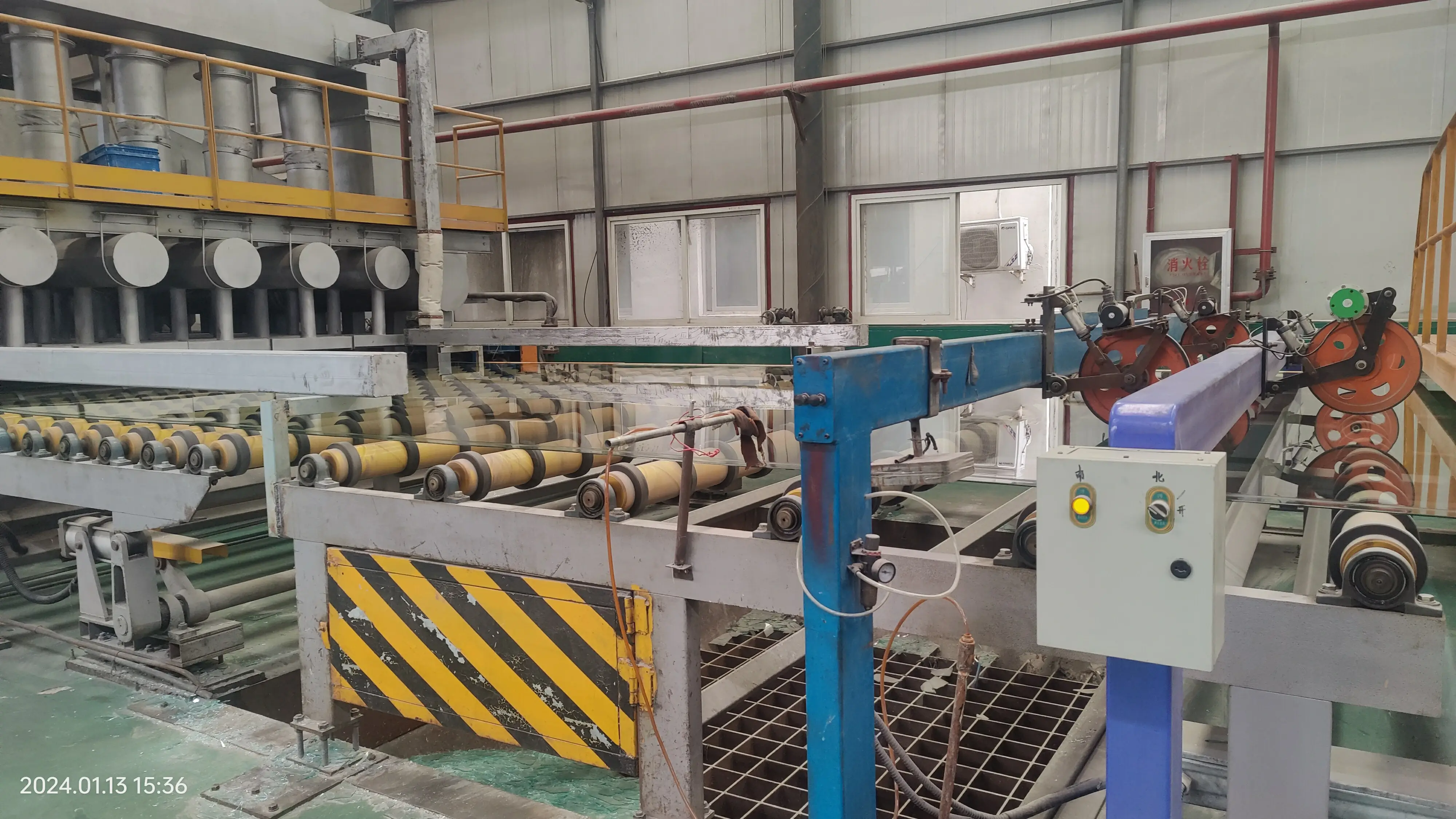

The Versatility of 10mm Float Glass An Essential Material in Modern Architecture
In the world of construction and interior design, materials play a pivotal role in determining not only the aesthetics but also the functionality and durability of structures. Among these materials, 10mm float glass has gained recognition for its unique properties and versatility, making it a popular choice in various applications.
What is Float Glass?
Float glass is a type of clear glass that is produced using a process where molten glass is floated on top of molten tin. This method results in a flat, uniform sheet that boasts excellent optical clarity and surface smoothness. The term “float” refers to this production technique, which forms the foundation for high-quality glass products. A thickness of 10mm provides a commendable balance between sturdiness and weight, making it suitable for a wide array of uses.
Applications of 10mm Float Glass
The applications of 10mm float glass are diverse, ranging from architectural to automotive sectors
. In architecture, it is frequently used for windows, facades, and balustrades. Due to its thickness, it offers enhanced structural integrity, which is vital in high-rise buildings and areas subjected to high wind loads or seismic activity. Additionally, its transparent nature allows for ample natural light to penetrate indoor spaces, creating open and welcoming environments.
In interior design, 10mm float glass is utilized in various ways. It is common in the creation of glass partitions, shower enclosures, and tabletops. The sleek appearance of float glass complements modern aesthetics and can easily blend with various design themes. Furthermore, its ability to be cut and processed into different shapes allows designers to experiment with innovative ideas while maintaining durability and safety.
Benefits of Using 10mm Float Glass
One of the most significant benefits of 10mm float glass is its strength. With increased thickness, this type of glass is less prone to breakage, making it a safer option for both residential and commercial applications. It also offers sound insulation properties, which can be particularly beneficial in urban environments where noise pollution is a concern.
Moreover, 10mm float glass can be treated or coated to enhance its performance. Options such as low-emissivity (Low-E) coatings can improve energy efficiency by reflecting heat back into a room during winter, while solar control coatings can minimize heat gain during the summer months. This adaptability makes float glass an energy-efficient alternative that aligns with sustainable design practices.
Conclusion
In conclusion, 10mm float glass stands out as a versatile and robust material that meets the demands of modern architecture and design. Its aesthetic appeal, combined with practical benefits such as durability and energy efficiency, makes it a preferred choice for construction professionals and interior designers alike. As the demand for innovative and sustainable materials continues to rise, float glass is poised to play a critical role in shaping the buildings and interiors of the future. Whether as a feature in a skyscraper or an element in a contemporary home, 10mm float glass will undoubtedly remain an essential material in the architectural landscape.